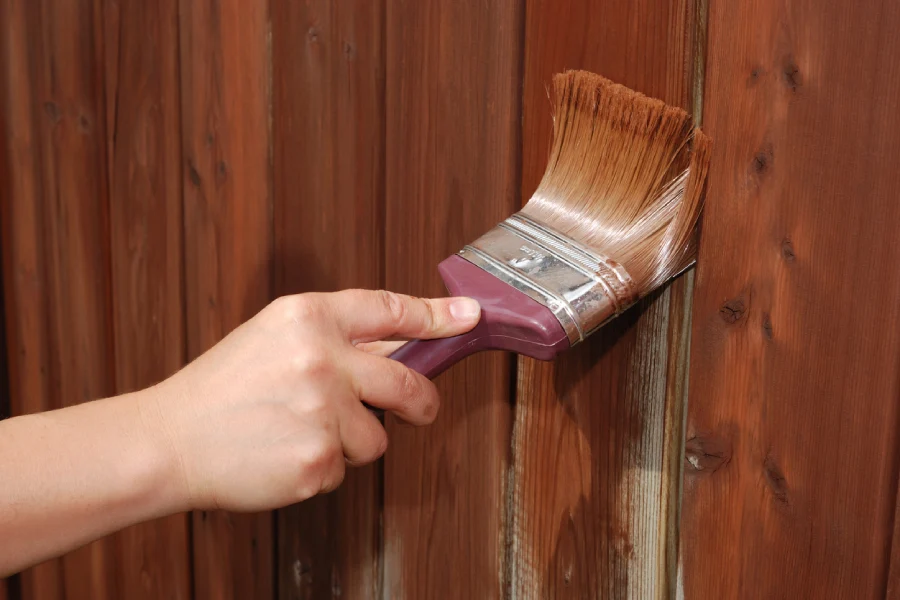Discover Key Factors for Selecting the Ideal Paint for Your Home’s Exterior
Choosing the right paint for your home’s exterior is more than just picking a color you love. It’s about finding the right type of paint that will adhere well and last on different surfaces, from wood to brick. Each surface has its unique needs due to weather exposure and material properties. Understanding these differences ensures not only a beautiful finish but also long-term durability. Let’s explore how to choose the right exterior paint based on these essential factors.

Understanding Surface Types and Their Needs
Different surfaces require different types of paint because of their varying textures and porosity. For instance, wood surfaces might need a breathable paint that allows moisture to escape, preventing peeling over time. Brick or masonry surfaces, however, often need paints with excellent adhesive qualities to withstand temperature changes. Choosing the right type of paint tailored to each specific surface can enhance both appearance and longevity.
The Importance of Quality in Exterior Painting Projects
Quality is crucial when it comes to exterior painting. Using high-quality paints means better coverage and longer-lasting results. Investing in premium paint might cost more upfront but saves money in future maintenance and repainting costs. In any Exterior Painting project, opting for quality ensures that your home remains protected against harsh weather conditions while maintaining aesthetic appeal.

Selecting Paint According to Weather Conditions
Weather plays a significant role in determining the best exterior paint. Areas with lots of sun exposure benefit from UV-resistant paints that prevent fading. In contrast, homes in wetter climates should prioritize mildew-resistant paints to avoid unsightly growths. Tailoring your choice of paint according to your local climate conditions can significantly extend its lifespan.
Decoding Paint Labels: What You Need to Know
Paint labels contain vital information that helps you make informed decisions. Look for terms like “acrylic,” which indicates flexibility and resistance to weather changes. “Primer” suggests a strong foundation for new coats of paint, especially on porous surfaces. Understanding these labels ensures you select the most appropriate product for your project’s specific requirements.
Step-by-Step Guide to Preparing Surfaces for Painting
Proper preparation is key to achieving a smooth finish and ensuring that the paint adheres correctly. Follow these steps:
- Clean the surface thoroughly to remove dirt and debris.
- Repair any cracks or holes with suitable fillers.
- Smooth rough areas by sanding them down.
- Apply a primer if necessary, especially on bare surfaces.
Cost Considerations and Value Assessment
When choosing paint, consider the cost-benefit ratio. While cheaper options may be tempting, investing in higher-quality products often yields better long-term value through reduced maintenance needs. Calculate potential savings by evaluating factors such as longevity, fewer touch-ups, and improved home resale value.
Your Guide to Successful Exterior Painting Projects
By understanding the unique needs of different surfaces and the importance of quality materials, you can confidently choose the right exterior paint for your home. From considering environmental factors to interpreting paint labels correctly, every step contributes to a successful project outcome. Let C&M Painting Solutions help guide you through this process with expert advice and top-tier services. Contact us at (404) 617-1691 today! Based in Clarkston, GA, we specialize in transforming homes with exceptional attention to detail.
 C&M Painting Solutions
C&M Painting Solutions